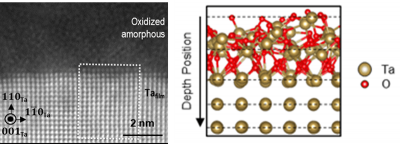Department of Energy Announces $6 Million for Isotope R&D
Department of Energy, Office of ScienceToday, the U.S. Department of Energy (DOE) announced $6 million in funding for 12 awards across eight efforts to advance research in isotope enrichment, targetry, and separations. This funding is part of a key federal program that produces critical isotopes otherwise unavailable or in short supply in the U.S.







































